I get asked a lot of questions.
“What’s for tea?”
“Where are my school shoes?”
“Can I go on this school trip to China? It’s only £1,100.”
Sometimes I get asked about blogging too, often from small businesses that don’t know where to start. I thought I’d write up the answers to some of the most common questions, partly to be super helpful, but also to save me time replying to emails. (“I wrote about it here. Thank you. Bye bye.”)
Of course if you have any other questions, please do leave me a comment and I will reply. Just don’t ask me what’s for tea.
How often should I write posts?
Well, how long is a piece of string? More importantly, how much time do you have to organise your string? The Hubspot blog publishes over half a dozen posts every day, and they have more than 400,000 subscribers and over 2 million monthly visitors, so I think we can safely conclude that there’s probably not such a thing as too much content, so long as you’re not sending out an email notification with every single new post.
Unless you have a dedicated team of content writers though, you’re never going to be able to do this, and that’s really fine. The key is to think about what’s sustainable for you and how consistent you can be. It looks much better to publish one really good post every month, and to make a feature of this, than a post a day for a week and then nothing for the rest of the year.
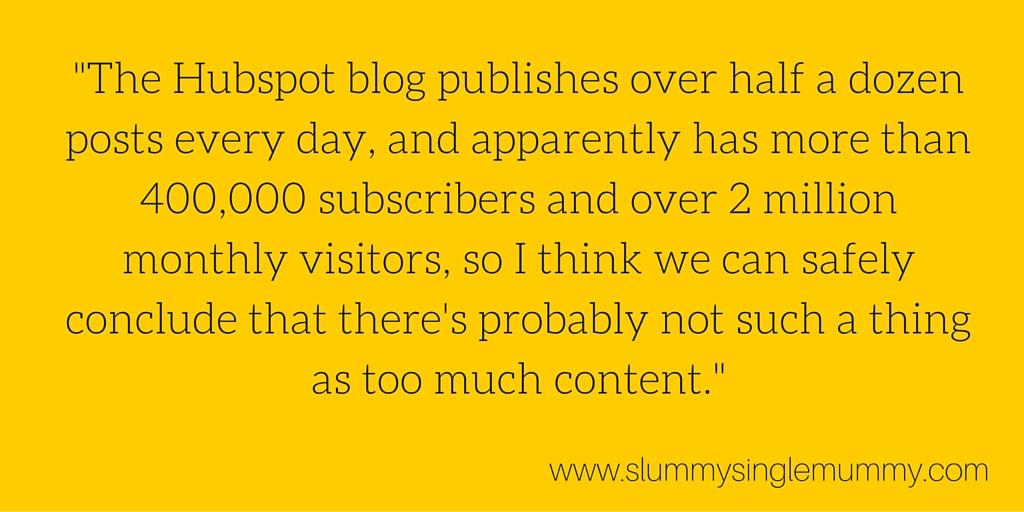
That said, there does seem to be a critical mass, at which the impact on traffic and leads starts to really take off. This post from Hubspot, (ironically,) looks at the data in detail, but the trend across all the results follows a similar pattern to this chart, showing a definite change in impact at around the 10 posts a month point:
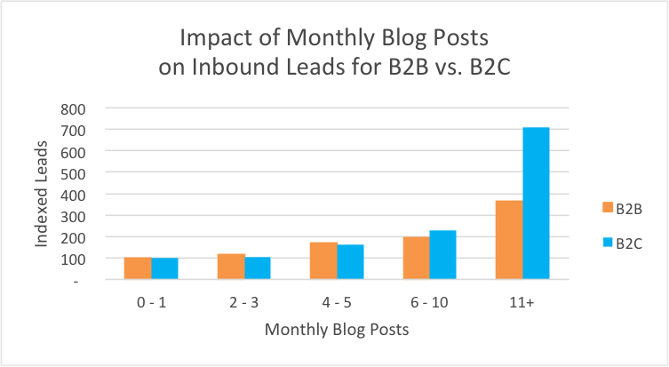
Screenshot from Hubspot
How long should my blog posts be?
Again, there is no hard and fast answer. It depends a lot on all kinds of factors, such as your audience, topic, subject, style, tone of voice – all kinds of things. Sometimes I write really popular blogs that are only 400 words long, but that’s because my style can be fairly succinct and perhaps it’s only a very short point, like having a quick rant about a man sniffing on a bus 104 times.
However, looking at just the data, it would seem that there is a sweet spot of around 1,500 words. Longer blog posts, so the data shows, do better in several ways – they get more social shares, more links back, and more readers. Bufferapp found that
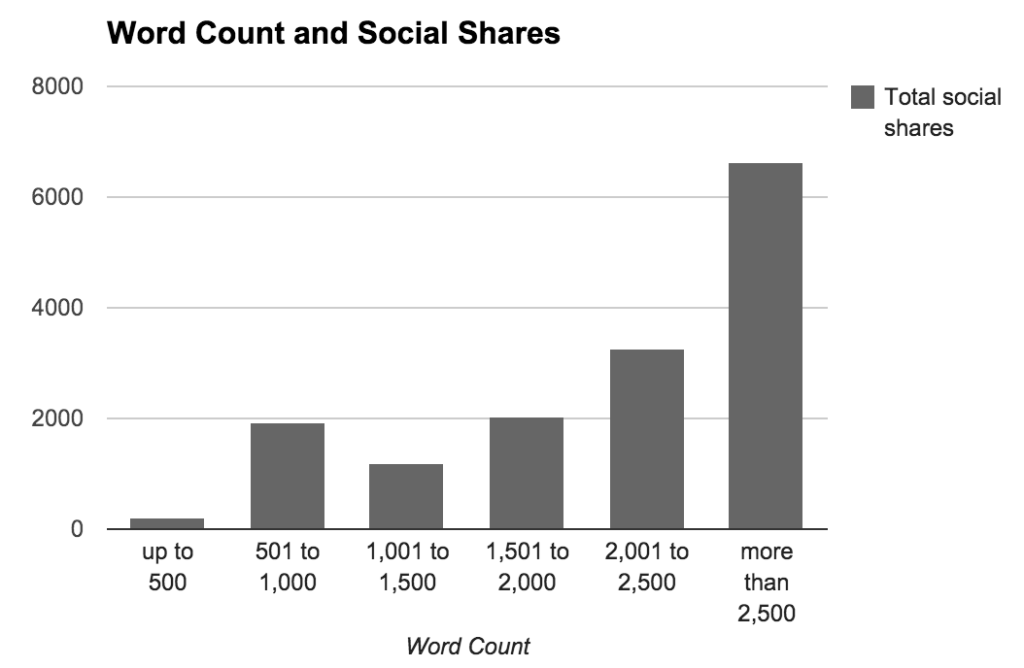
Screenshot from Bufferapp
Do I need images? Can I just Google them?
Yes.
And no!
Don’t be a loon.
Would you take a book out of the library and copy it out and try to sell it as your own? I hope not. Well you can’d do that with pictures either. It’s not OK to just swipe a picture from Google images and call it your own. It’s not really OK either to swipe it and credit the photographer if you’ve not asked permission first. Not only does it look very unprofessional, but you could also end up in a lot of trouble and with a hefty bill.
There are loads of free images sites around now, with really good offerings, like Death of the Stock Photo, so you really have no excuse. The Stocks is a great site that brings together a lot of free image sources in one place, and of course there is always Flickr – simply search for pictures that are licensed for commercial use and make sure to properly credit the source.
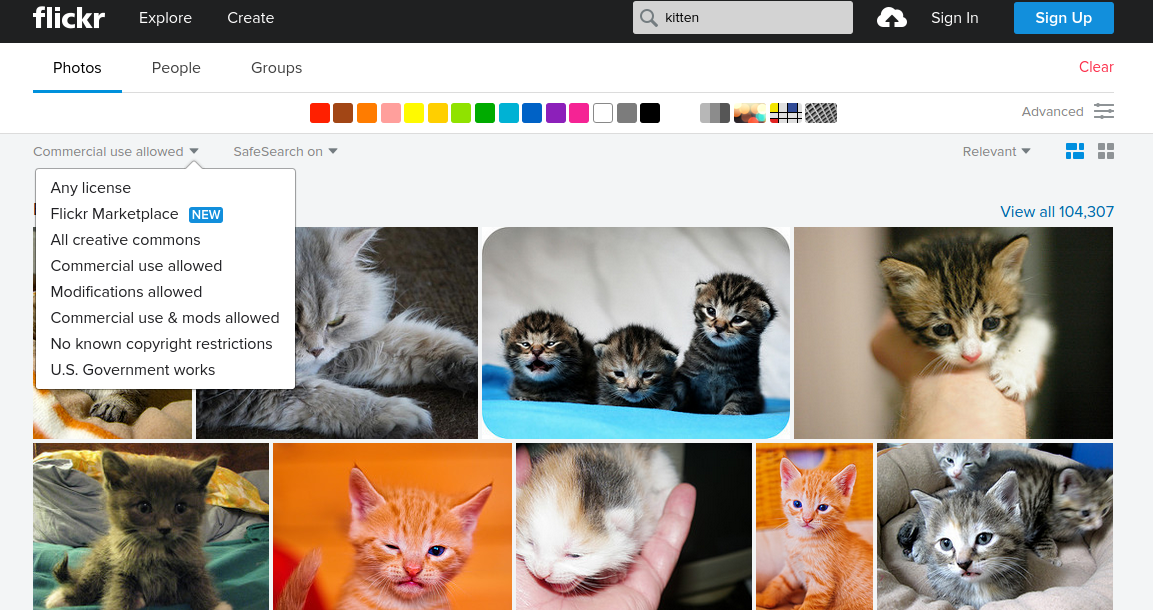
Screenshot from Flickr
OK, so how should I structure it? What do I need to include?
The structure of your blog post is really important, as massive chunks of text can really turn people off, especially online where attention spans are shorter. Breaking up text with sub headers helps to make it easier to read, as does the use of images, graphics, quotes and lists.
If you’re not convinced by the importance of structure, try paying close attention to everything you read online over the next week. How does it look on the page? How many images are there? What parts of the article are your eyes drawn to? Do you find yourself scanning through and just picking up key information or items in bold?
Essentially, your blog post should have a headline, a story or news hook that draws people in, images, sub headers and a call to action. (A lot of people forget this bit.) The width of your text is important to, especially in the first few sentences.
Have a look at this example from Bufferapp – they use an image to right hand side of the text at the beginning of the article to ease people in gently:
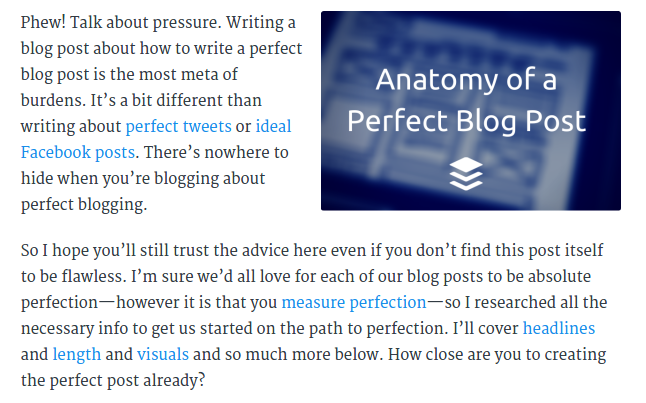
Screenshot from Bufferapp
OK, cool, I’ve got in then! I just need some ideas!
No!
I’m sorry, I don’t mean to interrupt your creative flow, but you’re missing one very important thing. Even though it’s probably the most important part of your blog post, it’s the one thing that seems to get neglected.
The headline.
It’s not cool to spend half a day creating a really useful resource, full of interesting quotes, pictures and charts, if then you go and call it something really lame, like ‘You must read this blog post’ or ‘My experiences of blog writing over the years have been varied and I’ve learnt a lot.’
No one is going to read that are they?
Headlines are THE most important bit of your blog post. One statistic says that 8 out of 10 people will read a headline, compared to only 2 our of 10 who will read the actual feature. Your headline is multi-purpose nowadays too, and will often form the default tweet or status update when people share your post, so it has to be good.
There are literally millions of articles online about how to write great headlines, so I’m not going to go into a lot of detail here, I just want you to be aware, and to appreciate how important it is not to consider the headline an after thought.
Here are a few things to keep in mind though:
- Headlines over 65 characters long will get cut off in search engine results
- People tend to read just the first and last three words of a headline, so make these count
- The optimal length for a headline is apparently 6 words (see above)
- Be specific – people like to know in advance exactly what they’re going to get
- Make sure your headline actually reflects the content
- Use numbers
As a reminder, here’s a nice little formula:
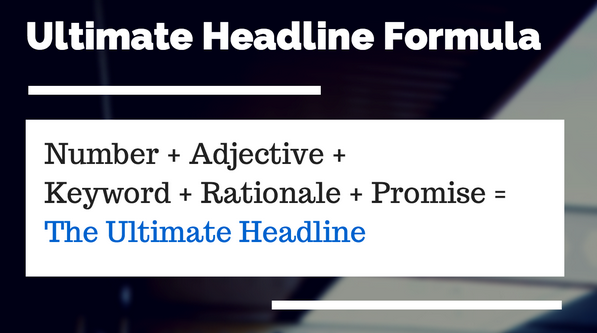
Screenshot from Bufferapp
Not sure how this translates?
Here’s an example:
7 easy changes you can make to your blog today to double your readership
You see? It has a number, it has an adjective, and it promises something specific. Check out the first and last three words – they tell a story in themselves. It’s the sort of thing you can imagine seeing on Twitter and thinking ‘Oooh, I’d like to double my readership, this article looks like it would be worth clicking on.
Unlike these, taken from a Buzzfeed article with an excellent title – ‘47 hilariously underwhelming local news headlines.‘
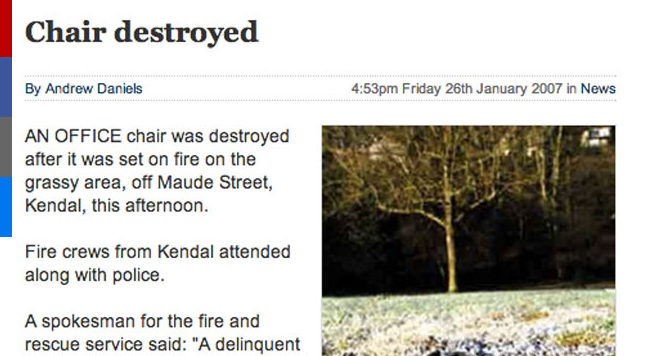
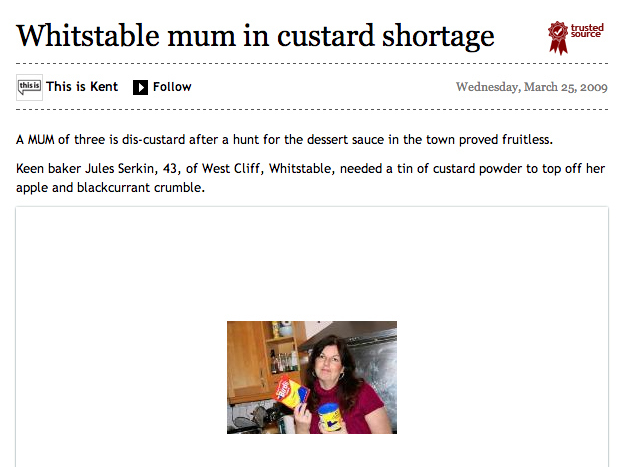
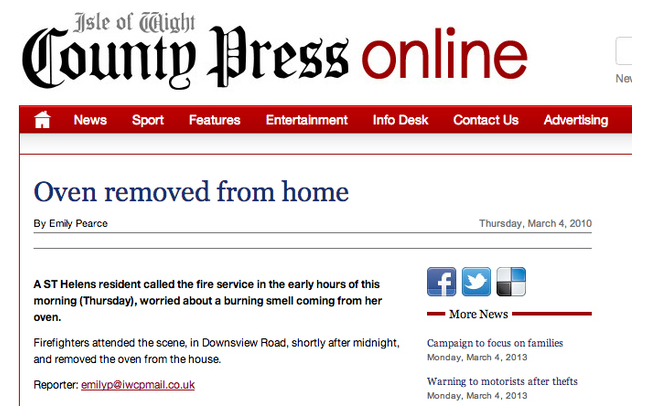
And there you go.
Those are just a few simple tips that might make your business blog posts a little bit more engaging. I’ve not quite reached the 1,500 – 1,600 word sweet spot, but I do have the sub headers, images, graphics and even a headline with a number in, so it’s not all bad.
I’d love to know – do you write a blog for your business and do you apply any of these principles? What have you found works best for you in terms of increasing traffic, engagement and leads?

Thanks for these tips. I am always amazed that longer posts do so well. I prefer shorter, sharper posts. I guess it depends on the topic of your post. Random musings should be shorter. Educational or informative posts ( like this one) should be longer. I did read to the end of your post! Thanks☺️
Author
That’s one thing that always surprises me too! Instinctively I feel like shorter posts should do better – I guess it depends a lot on the type of content.
I have never consciously read a blog before. Really! All I knew about blogging was from the film, Julie and Julia.
But I have been asked by a friend to write a blog for his website and I thought I ought to find out what style to adopt and so on. I looked for blogs on the internet and came up with lots of definitions but few leads to successful blogs.
So how did I find you? Pure serendipity. I was reading an article in the Fresh Produce Journal about potato publicity and it mentioned the importance of bloggers in addition to traditional PR and ads. It gave a short list of food bloggers and yours was one. I googled your name.
My question is: how did you get people to find your blog in the first instance?
Author
Well there you go, who’d have thought I would be in the Fresh Produce Journal?! I actually wrote a post a little while ago that was more about the traffic side of things, which you might find useful as a starting point – https://slummysinglemummy.com/2015/05/21/43-ways-to-get-more-traffic-for-your-blog-or-website/. Do come back though with any more questions!
I really need help with this. My mind goes blank when it comes to the titles, yet I know how important they are.
Yours genuinely catch my eye so can you do a workshop in this???
Author
There are loads of great resources for titles Amanda! Have a trawl of Google – there is all kinds of research and templates and what not. Experimentation is always good. Do you use Mailchimp or similar? They have A/B split testing options so you can send out the same email with different titles and see which does best.
I think I need to rethink some of my headlines! I have to say though, it does bother me when I see too many number headlines, especially if they mention things you HAVE to do, things you NEED, etc. Buzzfeed headlines, basically. They work but they can get annoying!